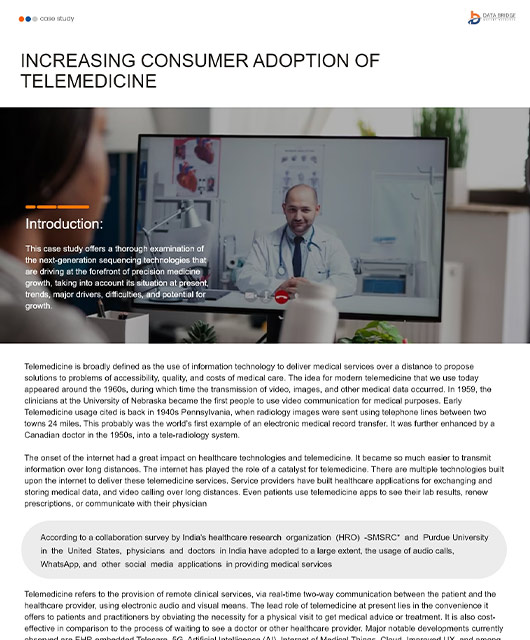- Home
-
Our Solution
- Our Solution
- Reports
- Nucleus
- Procurement Consulting
- Company Profile Analysis
- Primary Research
-
Market Position Grid
- DBMR Market Position Grid
- Bulk Report
- Industry Subscription
- Annual Update
- Quarterly Update
- Pharma Insights
- Market Insights
-
Our Company
- Our Company
- About Us
- Company News Room
- Investor Relations
- Careers
- Contact
